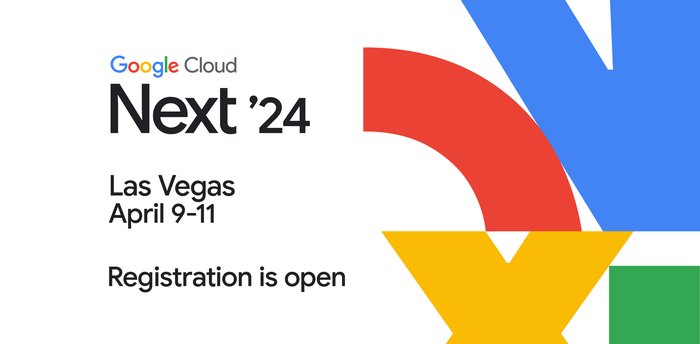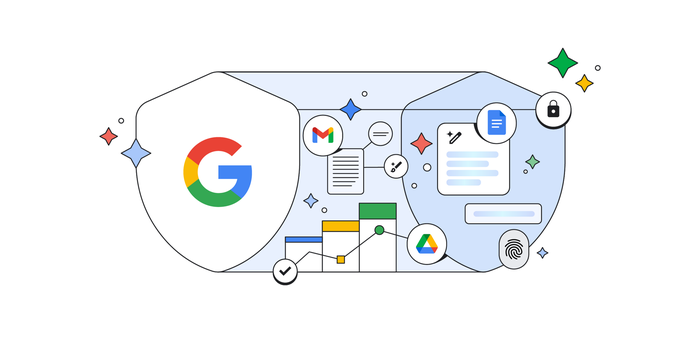New Google Cloud public benefit solutions power rental and housing assistance efforts nationwide

Mike Daniels
Vice President, Global Public Sector, Google Cloud
As the acute phase of the pandemic has begun to shift towards recovery, local governments have shifted their strategies as well—specifically towards ensuring that billions of dollars of direct aid and services are reaching the people who need them the most. This includes helping with housing for families in need, getting local utilities funding to keep their services operational, and seeing that local landlords have enough money to keep their properties operational.
Today, there are more than 3,000 counties in the United States trying to deliver emergency government funds for rental and housing assistance. Unfortunately, many of them are burdened by slow systems and old technologies that can’t keep pace. In fact, as of September 2021, only $7.7 billion of the $46 billion in federal funding issued for rental and housing assistance had reached people in need.
That's why I'm proud today to announce Google Cloud’s new public benefit solutions for rental and housing. Working in partnership with local government and non-profit organizations, we are now providing services that provide a better user experience, are faster, more efficient, and more accountable through the use of Google technology.
Meeting new challenges and evolving constituent needs
Google Cloud's public benefit solutions are a new suite of tools and capabilities that address state and local governments’ most vital and difficult social services challenges with modern online software. In addition to housing and rental assistance, our public benefit solutions also include modules for jobs reskilling and finding work; communicating better with constituents online and through call centers; fraud detection and claims verification; and assessing constituent sentiment and likely policy outcomes using advanced analytics and machine learning.
Helping Hamilton County quickly disburse much-needed federal funds
Take Hamilton County, Ohio, as a key example. It's Ohio's third-largest county in terms of population, with 820,000 families living in Cincinnati and the city’s surrounding area. It has a mix of urban and rural communities, and industries that include financial services, healthcare, education, agriculture, and more. Throughout these sectors, people have been hard hit by COVID-19, losing jobs and their social lifelines.
When the federal government authorized $46 billion in the Emergency Rental Assistance Program (ERAP) last December, Ohio received $775 million. Hamilton's portion was approximately $15 million. In order to avoid federal rescission of funds, the county needed to approve and disburse $500,000 a week. In a handful of months, staff needed to assure eligibility, update policy, build community partnerships, manage funds distribution, avoid fraud, and assure documentation of all of the funds. Applicants and landlords needed to navigate online signups, and know whether they were getting assistance. Partners, stakeholders, and local elected officials needed to stay informed throughout the process too.
Hamilton County started in a strong place with a competent legacy technology system, but the challenges of scale and the need for platform stability made the system insufficient to meet the demands of ERAP program administration.
"We were doing good work with good people and good systems, but were moving slowly, risking recission of federal funds. We needed to spend $9 million before September 30, and we were not on track, needing both more staff and better tools,” said Kevin Holt, an assistant director at Hamilton County Job and Family Services. “We added staff, got better at managing finite resources, and drew on a collaboration with Google Cloud to build a data tool that could meet the extraordinary challenges of pandemic recovery. We even exceeded our goal with $9.05 million spent and 2,778 families served. We now have the tools in place to fully spend the current allocation and to make full use of the 2022 allocation of $20 million. We got into the business to add value and to help people, and we now have the tools to do so."
Until recently, figuring out a new system, installing it, and training people would take years. But public demands and family needs changed quickly and dramatically in 2020. Hamilton County turned to Google Cloud's public benefit solutions, which can scale up to meet any workload with nothing more than an internet connection. Families could quickly see if they qualified for assistance, and then apply online or over the phone. After just one day's training, staff could access claims processing, fraud detection, approvals and payments, all in half the time of the old system. The public benefit solutions are faster, more reliable, more stable, and able to grow as needed during a crisis.
"I have a great staff, and now they have the tools they need to generate outputs appropriate to the needs of the community,” says Holt. “Google Cloud technology, and the people Google sent, have given us a premium service. Honestly, we didn't expect their persistence in getting our problems solved."
West Virginia accelerates application processing and deters fraudsters
In West Virginia, many citizens are behind on rental payments due to hardships caused by COVID-19, and the state has nearly $260 million in ERAP funding to disperse. The West Virginia Housing Development Fund partnered with Google Cloud to process applications under the Mountaineer Rental Assistance Program. Google Cloud’s DocumentAI technology and fraud analytics capabilities weed out bad actors trying to cheat the system and fraudulently take advantage of available funding.
As of October, West Virginia had roughly 10,000 applicants for the West Virginia Mountaineer Rental Assistance Program. In addition to rental assistance, Google Cloud is also working with the Housing Development Fund to deliver the Homeowners Rescue Program to aid the homeowners of West Virginia with mortgage relief.
Expanding how we’re helping governments support their communities
It's the same gratifying story in an increasing number of counties. Social service agencies and organizations are helping their neighbors stay housed during exceptionally difficult times. Google Cloud is proud to support these and other housing stability efforts across the US.
Every day, Google serves billions of individuals seeking better information, faster services, and improved experiences. Google Cloud's public benefit solutions takes that approach a step further and focuses on specific government and citizen issues, with a set of technology solutions that ensures effective services delivery for providers, recipients, and communities.
To learn more about our efforts to support housing relief, join us for our annual Government & Education Summit November 3-4, 2021.



